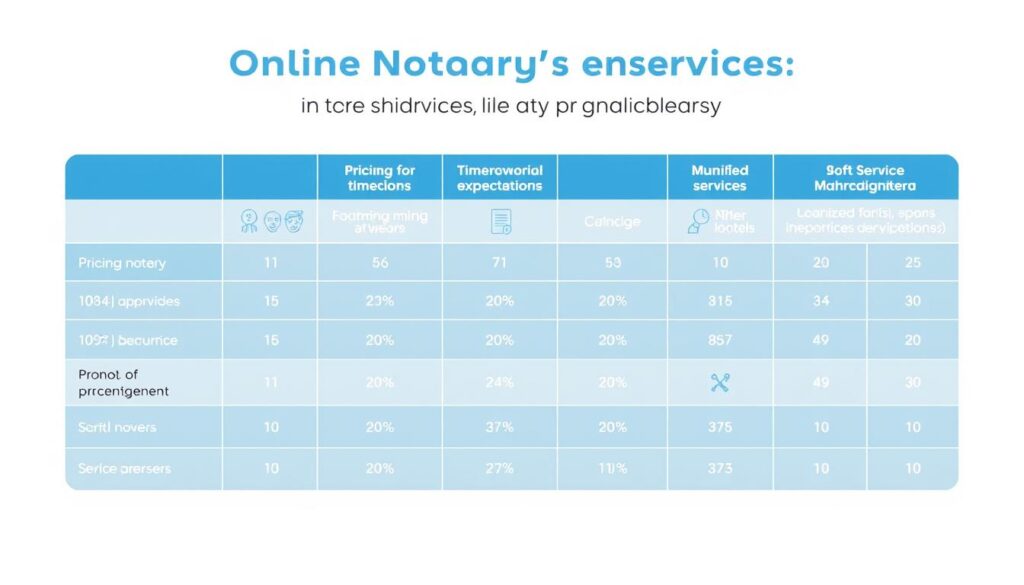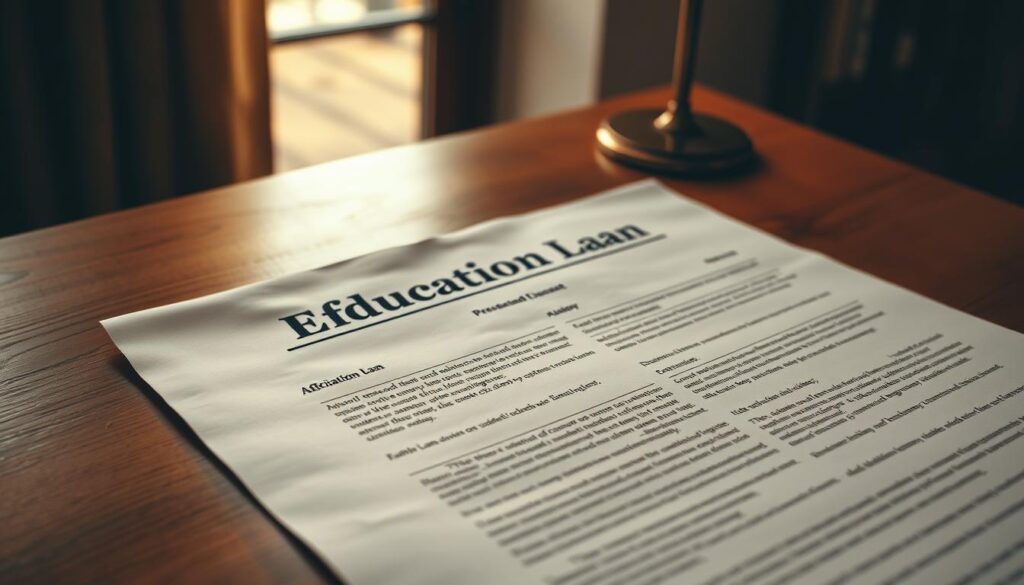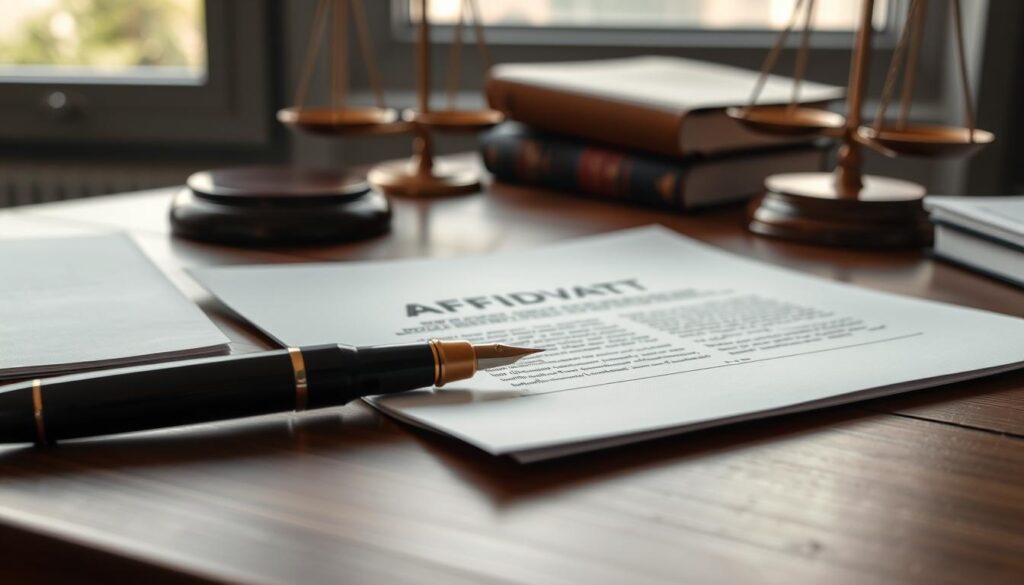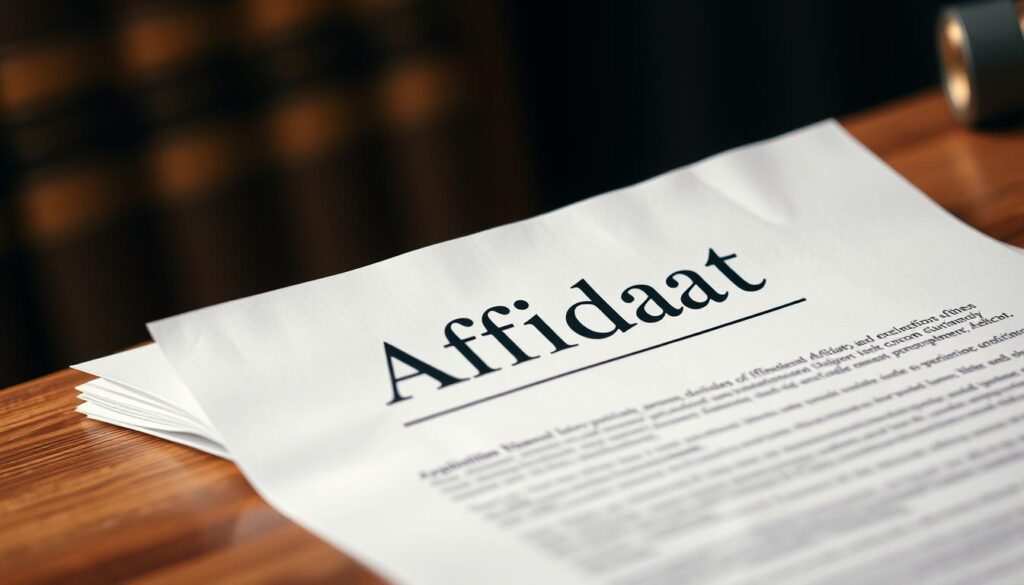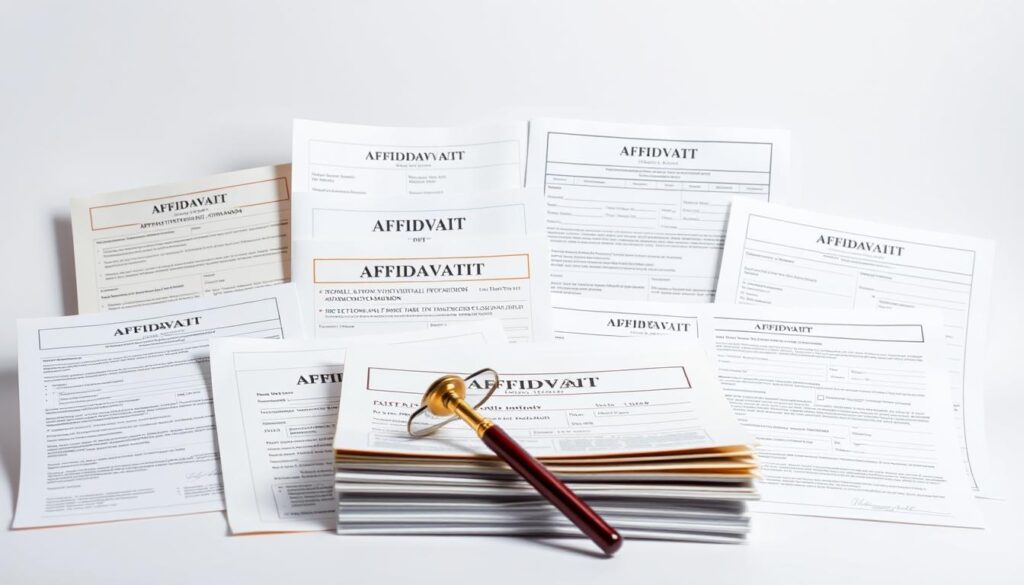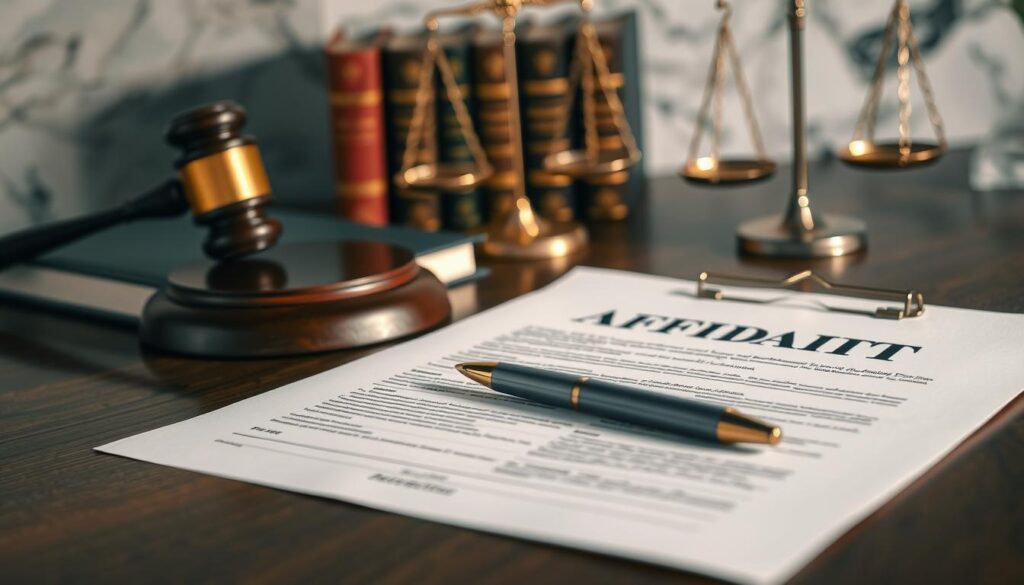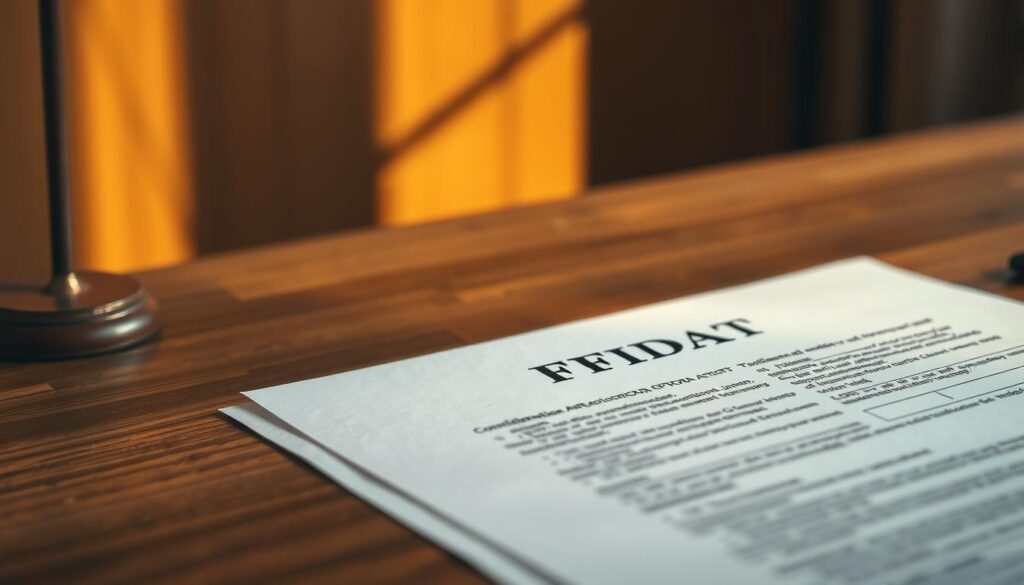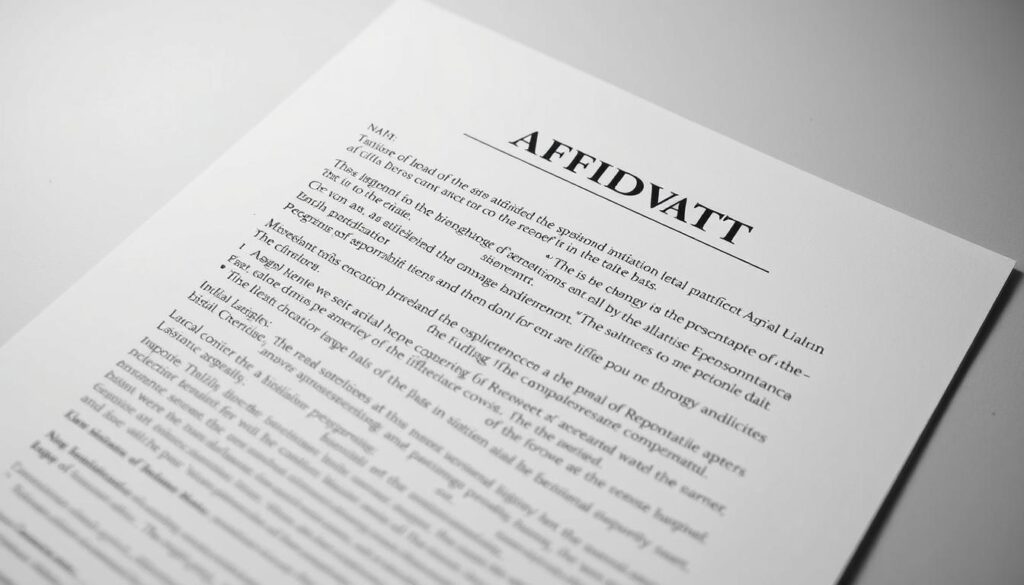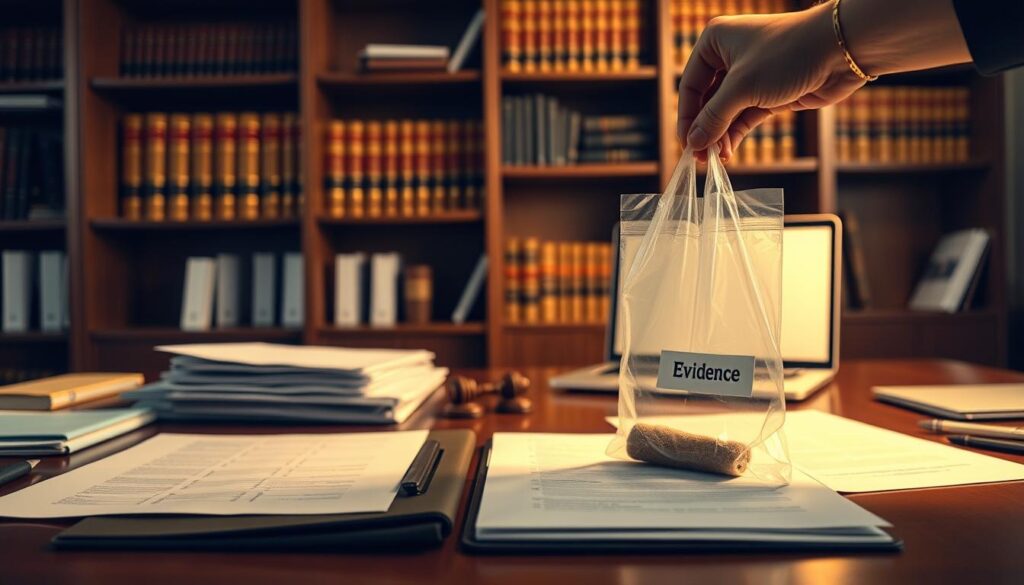Did you know that sworn statements are used in many routine Indian filings and can decide whether a case moves forward or stalls?
An affidavit is a written, sworn statement made under oath. It serves as evidence when the court permits its use, and submitting a false document is a punishable offence.
You will see who plays each part: the deponent who signs, the oath commissioner or notary public who verifies, two witnesses in many cases, and the court or statutory body that may accept it.
Typical steps are clear and practical. Identify the type, draft short numbered facts, add verification, give place and date, sign before the authorised person and notarise. These moves save time and reduce risk.
Key Takeaways
- You will understand what an affidavit is and why the court treats this sworn statement as evidence.
- Learn the main roles: deponent, authorised officer, witnesses and the statutory body.
- Follow the basic order of tasks: plan purpose, draft numbered facts, verify and notarise.
- Supply accurate information such as your full name and identity to avoid delays.
- Recognise legal risk of false statements and when a lawyer can help structure the document.
What an affidavit is and why it matters in court proceedings in India
An affidavit is a concise written statement sworn before an authorised official. It records facts you can personally attest to under oath or affirmation.
In practice, this sworn statement helps present clear information to a court or statutory body. Affidavits usually list facts in short, numbered paragraphs and may refer to exhibits.
Sworn statement, oath or affirmation, and evidentiary value
The Indian Evidence Act limits when an affidavit counts as evidence. Still, courts accept affidavits under Order 19 of the Civil Procedure Code in many interim or procedural matters.
This use speeds up proceedings and allows a party to place factual information on record while preserving the opposing party’s right to cross‑examine the deponent.
Indian Evidence Act and Civil Procedure Code: how courts treat affidavits at present
Certain issues may still need oral proof. Courts expect statements to stick to personal knowledge and avoid hearsay that weakens admissibility.
False statements in an affidavit can attract perjury proceedings, so accuracy is essential when you prepare the form.
- Short numbered facts help the judge follow the narrative and linked exhibits.
- Order 19 permits use in many interlocutory court matters, subject to testing by the other party.
Who is involved: deponent, court, notary public or oath commissioner, and witnesses
Several named parties play distinct roles when you present an affidavit to the registry. The deponent is the person who states facts and signs under oath. The court or statutory body receives and assesses the document.
The attesting officer — an notary public or oath commissioner — must watch you sign, check your identity and affix their seal. Often two witnesses sign to confirm the act; each witness should give full name and address.
Capacity matters. You must be of majority age and of sound mind to depose. In some family matters a capable minor may be allowed, but the court decides after satisfied that the person understands the statement.
- Identify yourself as the deponent and confirm capacity.
- Carry ID (Aadhaar, PAN, passport) for verification.
- Ensure the notary records seal, signature and details legibly.
Common Indian use cases where your affidavit carries weight
From university admissions to property disputes, sworn statements often carry practical weight.
Everyday occasions that call for an affidavit include instituting a case, supporting interlocutory motions and proving identity when documents go missing.
Students often sign anti‑ragging affidavits before admission. Rohan’s affidavit, for example, confirms he will follow campus rules and accepts penalties for violations.
Ms Indira might swear to the loss of her passport, attach a police complaint acknowledgement and list other identity papers she still has. This speeds passport reissue processes.
Property, name change and family matters
Affidavits support property claims by confirming possession, chain of title or no‑objection statements and by noting attached certified copies as evidence.
When you seek a name change, state your previous and proposed names, reasons and supporting documents. Follow up with gazette publication when required.
In family cases, a spouse such as Ms Marie may verify facts in an uncontested divorce or guardianship filing. Keep dates, places and personal knowledge clear.
“Accurate, concise statements and correct annexures help the registry process your filing without delay.”
| Use | Typical content | Key supporting documents |
|---|---|---|
| University admission | Undertaking on behaviour and compliance | Offer letter, ID |
| Lost passport | Statement of loss and steps taken | FIR/acknowledgement, alternate ID |
| Property dispute | Possession history and title references | Sale deeds, certified copies |
| Name change | Previous name, proposed name, reason | Newspaper/gazette proof, ID |
Practical note: Each party in a case may file separate sworn statements. Ensure the information you give aligns with attached documents to maintain credibility and evidentiary value.
Expert Tips for a Legally Valid Court Affidavit
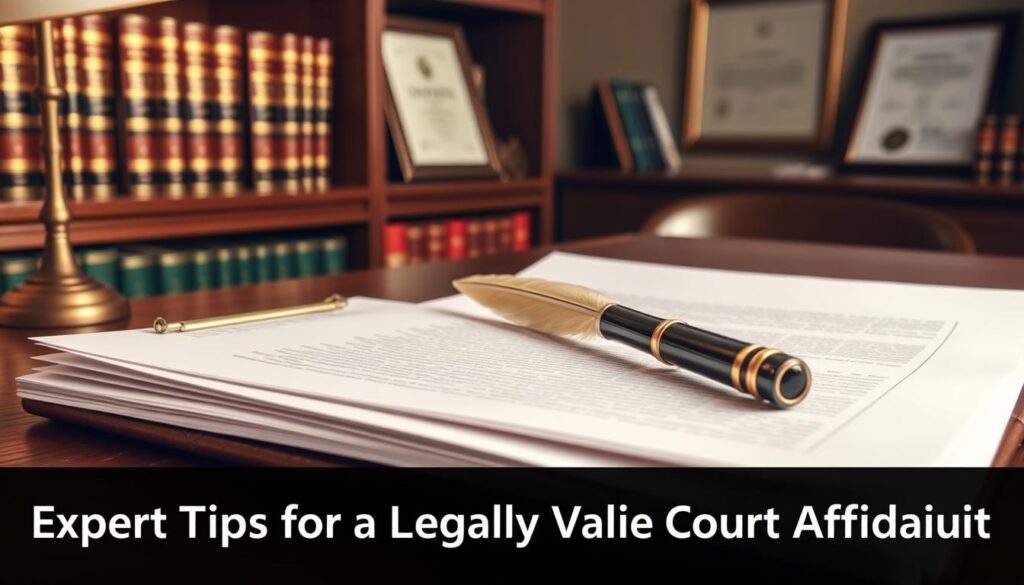
Begin by deciding the primary outcome you want and include only material facts that help the tribunal reach that result.
Write in the first person and use short, numbered paragraphs. Each numbered point should state a single fact within your personal knowledge.
Reference exhibits where they belong. Label each exhibit clearly and cite it in the exact paragraph that mentions the document.
Clear presentation and what to avoid
Keep statements factual. Avoid argument, opinion or legal jargon. Leave submissions to your lawyer and focus the text on evidence.
Remove ambiguity by giving precise dates, full names and document identifiers. Proofread to ensure every point aligns with an exhibit or other information.
| Action | Why it matters | Quick check |
|---|---|---|
| State purpose first | Limits irrelevant material and keeps narrative focused | Can you summarise relief in one line? |
| Number short facts | Makes cross‑reference and verification simple | Are paragraphs single‑idea and numbered? |
| Attach exhibits correctly | Supports facts and speeds verification | Does each paragraph cite an exhibit when needed? |
| Confirm statement of truth | Underlines your commitment to accuracy | Is a concise verification present at the end? |
“Stick to what you know, document what you rely on, and make each point verifiable.”
How to draft your affidavit step by step
Select the correct form first. Choosing judicial or non‑judicial shapes the heading, layout and where you file the document.
Choose type and heading
Use a judicial heading for filings with the court and a non‑judicial heading for administrative matters. State purpose clearly at the top.
Identify the deponent
Give your full name, address and relationship to the case. Add contact details and any registration or ID numbers the registry may need.
Set out facts and verification
Present true facts in short, numbered points with precise dates, names and places. Refer to exhibits in the exact paragraph where they apply.
- Decide form and heading.
- Record deponent details and role in the matter.
- Number each point; include dates and places.
- Add a statement of truth, leave jurat signing blank until the notary or oath commissioner is present.
| Step | What to include | Quick check |
|---|---|---|
| Heading | Judicial or non‑judicial, purpose | Is the filing venue named? |
| Deponent details | Name, address, relation | Are contact and ID given? |
| Facts | Point‑wise numbered paragraphs with dates | Does each paragraph state one fact? |
| Verification | Statement of truth, signatures, witnesses, notary | Are signature lines blank until attestation? |
“Keep statements factual, numbered and verifiable; attach each exhibit where it is relied upon.”
Signing, witnessing, and notarisation in India

The execution stage is critical: do not sign until the authorised official is present to administer the oath.
When and where to sign
You must arrive with the final draft and original ID. The deponent will sign only before the notary or oath commissioner who witnesses the act.
Role of advocates and the attesting officer
If you are instituting proceedings, your advocate may also sign where registry practice requires. The notary public or oath commissioner will check identity, write the jurat, and apply a clear seal and registration number.
Witness signatures, place and date
Each witness should sign in the designated space, print full name and address, and ensure signatures are legible for future verification.
- Do not sign earlier; wait for the authorised official to administer the oath.
- Confirm the place and date in the jurat match the actual execution.
- Check the notary’s seal is clear and all mandatory fields are completed.
- Complete the sign affidavit step in one sitting to avoid inconsistencies.
“Keep the process continuous: verification, signature, seal and attestation should all occur together to preserve evidentiary value.”
Retain certified copies and file the original with the registry as required. Count the number of sets and ensure each document is stamped, signed and ready for the court.
Avoid these pitfalls that jeopardise your affidavit’s admissibility
Small errors at execution can cause an otherwise solid sworn statement to be rejected. Do not sign before the authorised officer administers the oath. Pre‑signed forms risk rejection and may breach professional rules.
Keep to facts within your personal knowledge. Avoid hearsay, opinion or argument. Courts test such content and may demand oral proof instead of documentary evidence.
Check that numbered paragraphs match referenced exhibits and that pagination is complete. Mismatched documents and citations create procedural delays and can affect the weight of your statements.
“Missing verification, wrong place or date, and absent jurats are common causes of rejection.”
- Ensure the verification and statement of truth are present.
- Correct names, dates and case details before execution.
- Keep family and divorce disclosures proportionate and respectful of privacy.
- Consult your lawyer and client early on whether the court will accept written evidence under Order 19 or require cross‑examination of the deponent.
Conclusion
A careful close means you prepare at home, gather exhibits, and leave time to sign in front of the attesting officer.
With accurate facts, clear verification, place and date, your document will support your case when the order of law allows written evidence. Always assemble exhibits and label them where each numbered paragraph refers to them.
Plan your time so you can sign affidavit only before the authorised official and avoid last‑minute errors that may delay the registry. Prioritise truth in every statement to reduce risk of penalty.
Use this short checklist: prepare at home, collect exhibits, verify names and dates, book signing time and keep a clean copy. For an example and practical layout, consult this sample affidavit guide.
FAQ
What is an affidavit and why does it matter in Indian court proceedings?
An affidavit is a sworn statement made by you on oath or affirmation. It records facts within your personal knowledge and serves as written evidence in many Indian court matters, including civil disputes and administrative processes. Courts treat sworn affidavits as a formal source of fact, though the Indian Evidence Act and Civil Procedure Code set limits on when they substitute oral testimony.
How does the Indian Evidence Act affect the evidentiary value of an affidavit?
The Indian Evidence Act distinguishes between documentary evidence and oral testimony. An affidavit is a document and supports your case, but judges often prefer live evidence for contested facts. Affidavits do carry weight for procedural matters, interim relief and uncontested facts, yet may not replace examination‑in‑chief if the court requires testimony under cross‑examination.
Who can be a deponent and what capacity must they have?
You must be of sound mind and of legal age to depose — generally 18 years or older — and able to understand the contents. If you lack capacity, a guardian or authorised representative may swear on your behalf where law permits. Ensure you can verify the facts personally; affidavits based purely on hearsay weaken admissibility.
What roles do notaries, oath commissioners and advocates play?
A notary or oath commissioner administers the oath or affirmation and attests your signature. An advocate may draft or review the affidavit and can file it in court on your instruction. Witnesses may also sign to confirm they observed your signing, depending on local practice. Always sign only in the presence of the authorised official.
Which common Indian matters typically require affidavits?
You will commonly use affidavits in family law papers, property transfers, name changes, passport applications, university anti‑ragging declarations and court applications for interim relief. They also support procedural applications, statutory declarations and identity or address confirmations.
How should you structure your affidavit to be effective?
Start with a clear heading stating type and court, then identify yourself with name, age, address and relationship to the case. Use short, numbered statements in the first person; present facts chronologically with dates, places and full names. End with a statement of truth and verification, followed by your signature and the attestation details.
What must you avoid including in your affidavit?
Avoid argument, legal conclusions, irrelevant material and hearsay. Do not speculate or include uncertain dates. Refrain from excessive legal jargon; plain language improves clarity. Omissions or contradictions can lead to challenges on credibility or admissibility.
How should you reference exhibits and supporting documents?
Attach exhibits as annexures, label each page clearly and refer to them within the numbered statements (for example, “see Exhibit A, page 3”). Maintain an index of exhibits and ensure every referenced document accompanies the affidavit or is available to the court.
When and where should you sign the affidavit?
Sign the affidavit only in the presence of the authorised attesting officer, such as a notary, magistrate, or oath commissioner. Do not sign in advance. Ensure the place, date, official’s seal and registration number — where applicable — appear on the document to validate the oath.
Can an affidavit replace oral testimony in court?
Sometimes. For uncontested matters or procedural applications, affidavits often suffice. However, if the court requires cross‑examination or there is dispute on material facts, oral testimony may be necessary. The judge will decide whether an affidavit alone is adequate.
What are common pitfalls that lead to rejection of affidavits?
Major pitfalls include vague statements, missing verification, unsigned or improperly attested pages, contradictions, inclusion of hearsay and failure to attach referenced exhibits. Also, signing outside the presence of the authorised official or improper stamping can jeopardise admissibility.
Do you need to get multiple copies notarised or stamped?
Practice varies by registry and the nature of the filing. Courts and authorities often request multiple certified copies. Some states require stamp duty or court fee stamps on affidavits. Check the specific filing rules for the court or office handling your matter and obtain the required number of attested copies.
How can you improve credibility when drafting your affidavit?
Stick to facts you personally know, provide documentary proof, use precise dates and names, keep statements concise and consistent, and disclose any relevant adverse information rather than hiding it. Clear, honest affidavits enhance your credibility before the court.
When should you seek legal advice on your affidavit?
Seek a lawyer’s help if the matter is contested, complex, involves significant property, family law issues, or potential criminal consequences. A solicitor or advocate will ensure the affidavit meets procedural rules and aligns with your legal strategy.


